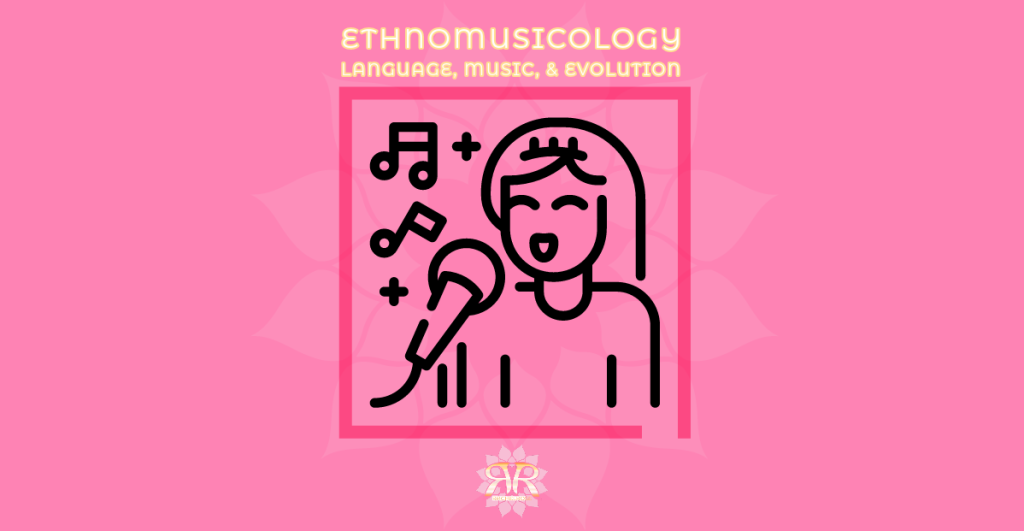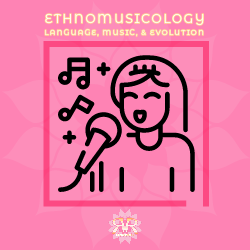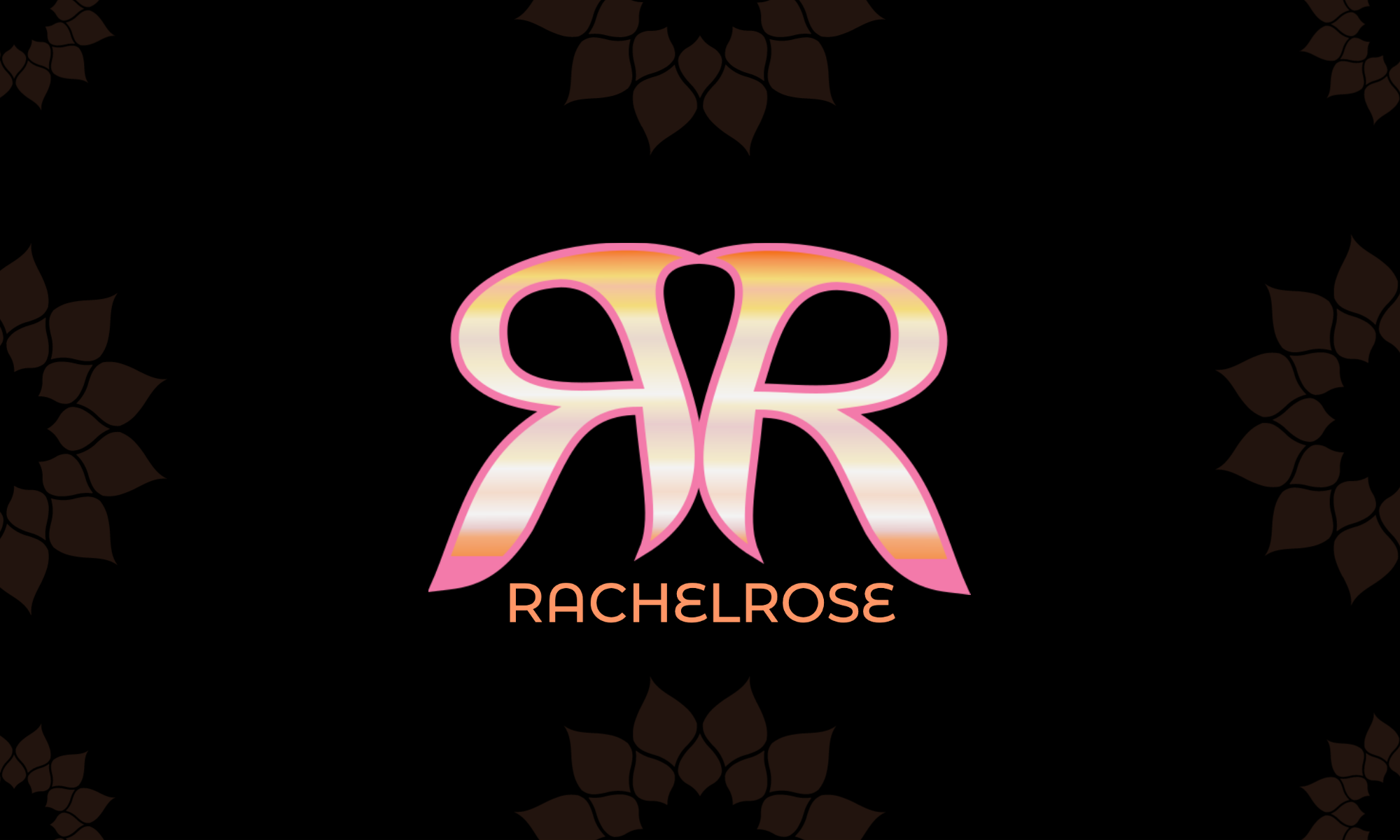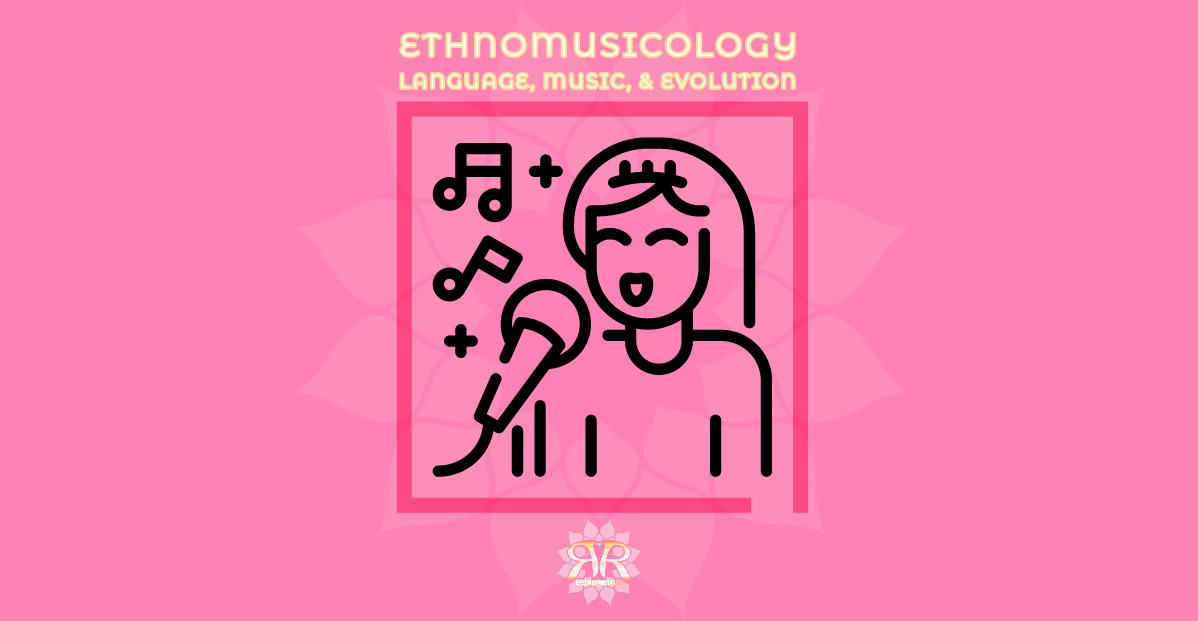Table of Contents
Ethnomusicology and Neuromusic

As you know by now, I am studying for a Masters in Neuromusic. This week’s class dealt with the topic of Anthropology of Music.
Music exists in all civilizations and cultures on Earth. We don’t know much about the evolution of music and how it may have influenced our evolution.
The questions that I will address in this post are:
- What is Ethnomusicology?
- Can we use the study of ethnomusicology to better understand the development of the human brain?
- When did language and/or music evolve in human beings?
- Did music or language develop first?
- Language has a clear evolutionary purpose. Does music?
- How does ethnomusicology relate to music?
It’s hard to cover this broad and complex field in a one-hour class or in a single post. I’m using class topics to delve into the subject more, but I’m somewhat overwhelmed by the amount of information and the different paths to explore. For the time being, this is the result. I am sure that there will be more. Read on – I hope that you’ll like it.
Music, Language, & the Human Brain
Music and language share much of the brain’s neural circuitry. Both engage many different areas of the brain and numerous neural circuits. The temporal lobe, near the ear, is strongly activated. The limbic system, which deals with emotion and arousal, is also engaged. Motor neurons are called upon to activate the movements of the mouth, hands, and lungs, amongst other things.
There is no agreement on which one developed first and if their development influenced each other. By studying the development of music in different world cultures, we may glean valuable information about how the human brain manages the vast store of information that it compiles over a lifetime. Both music and language are tools of communication. Language is more descriptive and functional, while music is more emotional and amorphous.
Given the obvious similarities between music and language, it is not surprising that there has been a running debate for more than two hundred years as to whether they evolved in tandem or independently – and, if the latter, which came first.
Oliver Sacks “Musicophilia”, page x
Ethnomusicology Definition
The Merriam-Webster online dictionary defines ethnomusicology as:
1. The study of music that is outside the European art tradition 2: The study of music in a sociocultural context
Can the study of Ethnomusicology help us to understand our evolution?
Probably, yes. Music and language are fundamental to all human societies, even if their origins are still not fully understood. Exploring the anthropology of music provides valuable insights into the fundamental aspects of our existence.
We humans wonder about the reasons for our existence, our purpose here on Earth. We wonder why life is so hard, and painful, and death so ever-present. We create all sorts of stories about creation, souls, and Gods, but the hard truth is that nobody really knows. Even faced with the nihilism of not knowing, we skirt around it using humor and art.
By knowing our history, we can know where we are going. Studying ethno-music may help us to chart the uncertain waters of the future.
When did language and/or music evolve in human beings?
The first archaeological evidence of music making using instruments dates from about 50,000 years ago. Before people started using femoral bones to make flutes, they most likely used stones, sticks, and seeds as percussion instruments.
Did music or language develop first?
The human voice is certainly the most primitive instrument of all: singing probably pre-dates spoken language. Evidence from the Upper Paleolithic Era suggests that both language and musical instruments evolved around 50,000 years ago.
…fully human speech anatomy first appears in the fossil record in the Upper Paleolithic (about 50,000 years ago) and is absent in both Neanderthals and earlier humans.
Philip Lieberman “the Evolution of Human Speech https://www.journals.uchicago.edu/doi/abs/10.1086/509092
The ‘syntax’ of music is simpler, less highly evolved than that of language, suggesting an earlier origin.
Larry S. Sherman and Dennis Plies “Every Brain Needs Music”, page 18,
quoting Ian McGilchrist “The Master and His Emissary”
Language has a clear evolutionary purpose. Does music?
Human beings possess a unique ability on this planet: the power to articulate ideas using words that symbolize objects, concepts, timelines, and emotions. I believe there is intelligent life in the Universe and that advanced societies might use telepathic communication. Still, even with telepathy, there would have to be some lexicon, some words, to communicate telepathically. (But, I digress.)
Language is a fundamental tool for functioning in communal societies. Humans are social animals, but our conviviality means that we must be able to communicate. Not only do we communicate for necessity, we also communicate for fun. Think of jokes, poems, songs and riddles.
Both language and music bind us together in groups, families, and societies. Both are absolutely necessary for our survival, but in different ways.
“In ancient languages, the sound of a word contained the energy and essence of the thing signified by that word. The earliest forms of communication were probably grunts, groans, screams and laughter – sounds that transparently expressed how one felt in the moment. Andcient languages evolved out of those sounds. Gradually, words were formed to capture the essence of other things that helpd form the matrix of life: the presence of trees, rocks, animals, and birds. In this sense, all ancient languages were originally mantric because their words embodied the essence of what they signified.”
Russill Paul “The Yoga of Sound” page 68
Language development
Humans are unique because we can talk, sing, play instruments, and use tools to make instruments.
The human throat differs from that of other animals. The larynx sits lower in the throat. There is more space in the mouth cavity, so we can make different sounds.
Our large brain has powerful cognitive abilities that many other mammals simply do not possess. IMHO, that does not make us better than other animals. They possess highly refined sensory organs that make them amazing creatures. But, they don’t have language, or music. We do. By understanding how we acquired them, we understand ourselves a little more.
Links
I will leave you with two interesting links.
The Larynx
First, a NPR report on how humans acquired the ability to speak. This 6-minute clip is called “From Grunting to Gabbing: Why Humans Can Talk“. It explains the structure of the larynx, also known as the “voice box”, and discusses how the human throat may have evolved. Thanks for reading and stay tuned.
Medical Ethnomusicology
Next, an article about a modern-day Ethnomusicologist who is studying medical ethnomusicology: UF School of Music Ethnomusicologist studies rhythm and the aging brain.


